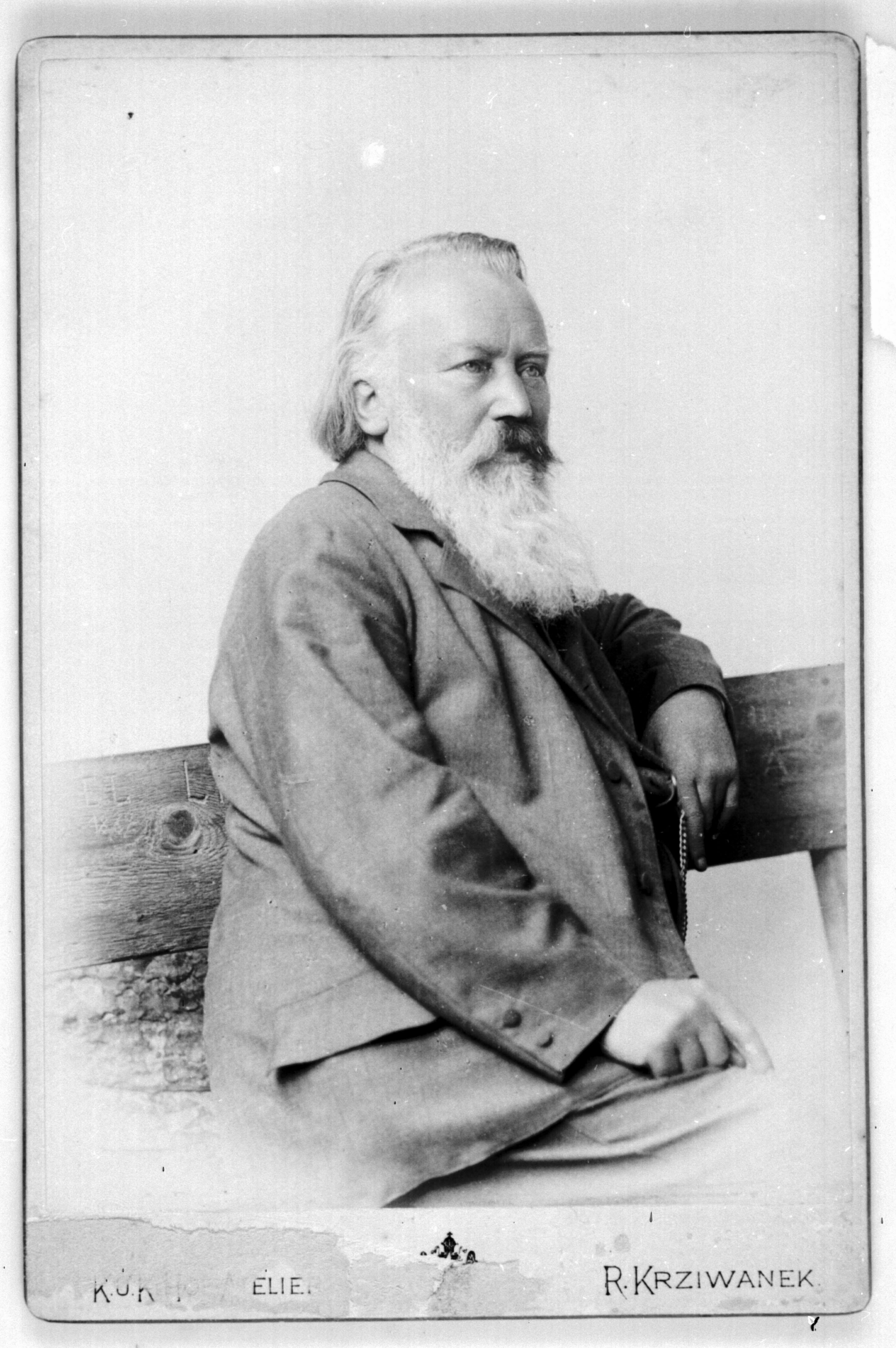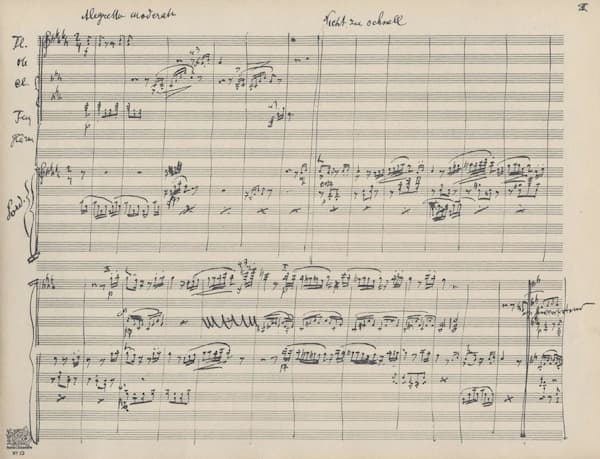
Johannes Brahms
Johannes Brahms’ (1833-1897) intricate late piano works, from Op. 116 to Op. 119, were composed from 1892 to 1893 and have been known for their reflective nature, amalgamated with lyricism, desolation and heart-warming moments. The probable dedicatee of these works, Clara Schumann, with whom Brahms had a rather complicated relationship, praised them as “a true source of enjoyment, everything, poetry, passion, rapture, intimacy, full of the most marvellous effects”. So, let us embark on a journey of Brahms’ inner emotional world, beginning with his Fantasien, Op. 116.
Composed mostly in Bad Ischl, Austria in Summer 1892, the Fantasien Op.116 is comprised of seven pieces, which have strong coherence and unity between each other. Similar to Brahms’ compositions composed during his final years, the music is permeated by a sense of death, particularly in the more introspective pieces.
The first Capriccio in D minor, marked Presto energico, contains much virtuosity, fire and melodrama. The agitating thematic material is juxtaposed with lyrical sections, creating a struggle between peace and frustration. At the end, the anguished theme wins over the more peaceful section, bringing the music to a definitive conclusion.
The second piece is Intermezzo in A minor with a ternary form, marked Andante. It commences with a slightly sentimental and lingering quality. The music moves to a higher register as it enters the central section, which is marked Non troppo presto. Here, the music presents rather restrained emotions, yet it is perfused with a bleak atmosphere. Rather surprisingly, there is a sudden glimmer of hope, which, however, is soon overcome by the depressed mood of the first theme.

Bad Ischl, Austria, where Brahms’ composed his Fantasien Op. 116 © Trip Advisor
It is followed by Capriccio in G minor. As the marking Allegro passionate suggests, this piece has a passionate and tumultuous opening, coupled with desperation and yearning. The spirited central section in E-flat major has nobility and energy. The music soon returns to the first theme and inevitably ends tragically.
Then, it comes to three intermezzos. Intermezzo in E major, Adagio, has a simplistic opening. Yet, the music has more embellishment with lyricism and conjures up deeper emotions as it moves on.
The next Intermezzo in E minor, on the contrary, has a more specific marking “Andante con grazia ed intimissimo sentiment”. It commences rather obscurely and mysteriously, but as the music unfolds itself, it seems to have a clearer direction. However, the music then returns to its original state of isolation, despite a tender ending.
The final intermezzo of this “triptych”, in E major, is marked Andantino teneramente. It opens with a chordal, almost hymn-like section, which contains such heartbreaking beauty. There is more forward momentum when we reach the central section, which then returns to the reverential theme. The serenity and purity of the music gives listeners some consolation, leading its way to the final piece.
The Fantasien Op.116 is concluded with Capriccio in D minor, Allegro agitato. The unbearable suffering and torture in the first theme creates a stark contrast with the previous piece and momentarily disappears in the central section. However, there is a whirlwind trying to pull the music back to the agitating first theme. It eventually reaches a catastrophic ending, even more so than No.1. Some may say that the D major chords at the end symbolise triumph, some may say apocalypse – there is of course interpretive freedom, which is what makes music and other forms of art so interesting.
In this article and the coming ones of this series, I will also share my thoughts on some popular recordings.
Known for his formidable pianism, Grigory Sokolov has received critical acclaim for his impassioned and polished playing. In this live recording, indications notated on the score were observed and miraculously executed, with a beautiful, sonorous tone throughout. Nevertheless, his reading of No. 1 was rather controversial – as he took a relatively slow pace (as what he did with the entire set). Apart from technical precision, articulation had variety and phrases were carefully crafted and planned. Take the ending of No. 7 as an example. Instead of accelerating like what other pianists did, he took time and built up the climax slowly so as to prepare for the apocalyptic conclusion. The emotional depth achieved in this rendition is hardly comparable, though some may criticise his playing as not spontaneous enough.
Grigory Sokolov Plays Brahms’ Fantasien Op.116
Emil Gilels, another highly respected pianist, also pulled off a commendable performance of the Fantasien. Compared to Sokolov’s recording, his playing was more daring and adventurous (yet remained controlled for most of the time) and he took a brisker pace in general (such as in No.7). The introspective character was successfully captured, while the more virtuosic sections received electrifying reading from Gilels.
For more of the best in classical music, sign up to our E-Newsletter
Emil Gilels Plays Brahms’ Fantasias, Op. 116




Gilels has owned these pieces for decades. An extraordinary pianist.
I have listened to both Sokolov and Gillels, along with others, but later discovered Sofia Gulbadamova and found her performances almost perfectly satisfying my own emotional feelings about these gems.